Your home, a safe haven for your family, might not be as secure for your furry friends as you think. Hidden dangers lurk in corners and on countertops, from toxic plants to easily accessible medications, posing serious risks to your pets’ health and safety. Electrical cords and small, swallowable objects can turn a playful exploration into a trip to the vet.
But it’s not all doom and gloom; awareness is the first step towards prevention. By identifying these hazards, you can create a safer environment for your four-legged companions. Curious about what these dangers are and how to mitigate them? Scroll down to discover our top picks for safeguarding your pets against common household threats.
Key Takeaways
- Always check if your houseplants are safe for pets, as many common indoor plants can be toxic if ingested.
- Keep dryer and washer doors closed when not in use to prevent pets from climbing inside, which could lead to injury or worse.
- Secure trash bins with lids or place them in a cabinet to avoid pets getting into harmful substances or choking hazards.
- Organize and conceal electrical cords to prevent chewing, which can lead to electric shock or fire hazards.
- Use pet-safe chemical cleaners or natural alternatives to reduce the risk of poisoning from licking surfaces or paws.
- Store sharp objects like knives, scissors, and tools out of reach to prevent cuts or injuries.
- Never leave windows open without screens to prevent falls, especially from upper stories, ensuring your pet’s safety indoors.
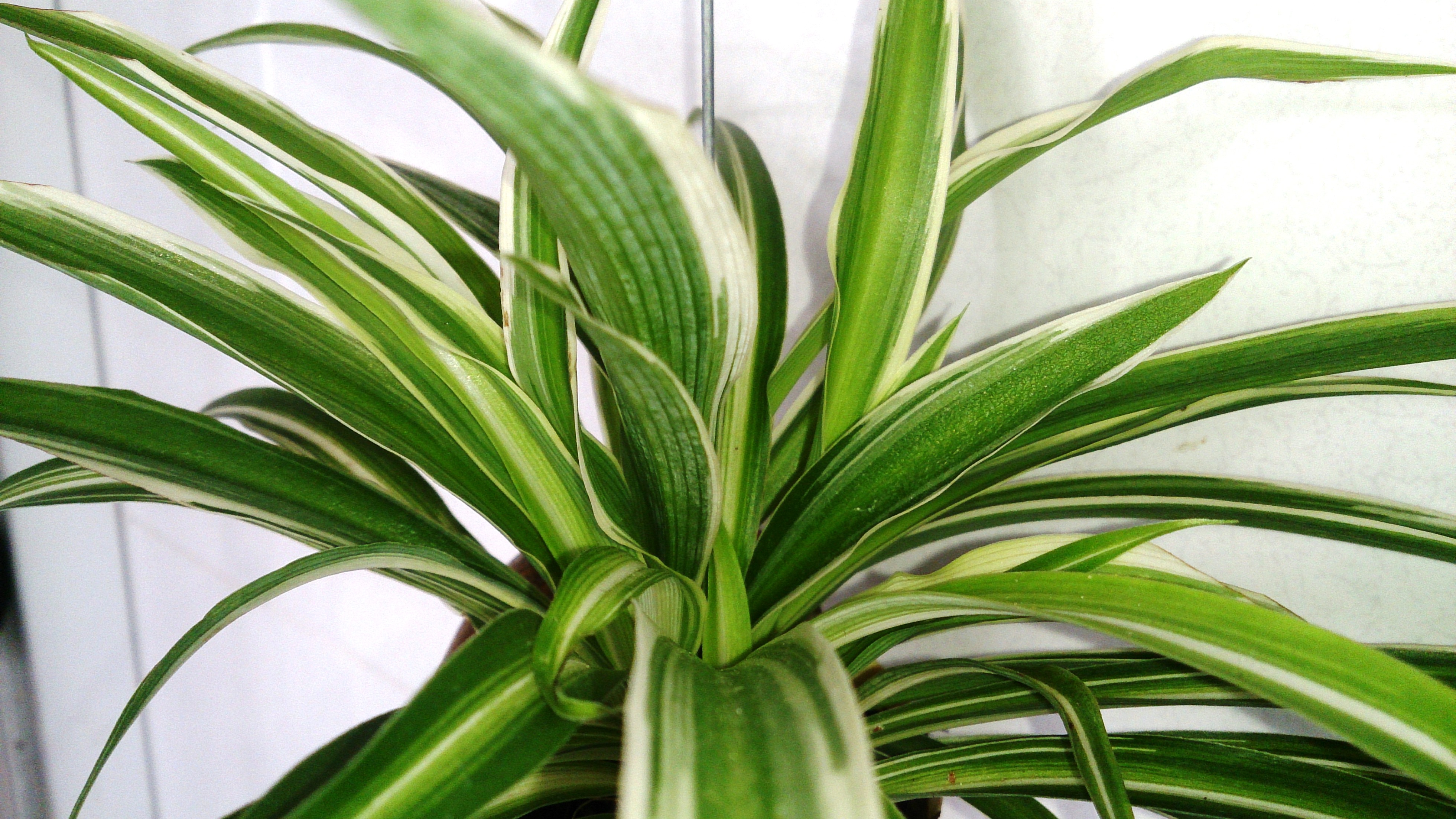 Creator: Mokkie
Creator: Mokkie
1. Toxic houseplants
Toxic houseplants pose a significant hidden danger in the home environment, especially for curious pets. Many common indoor plants contain toxic chemicals that can severely harm or even prove fatal to pets if ingested. Pet owners should be vigilant about the types of plants they keep indoors, as some popular choices like lilies and sago palms are highly poisonous to animals.
Identifying and removing these potential hazards is crucial for maintaining a safe space for beloved pets. Instead of risky flora, opt for non-toxic alternatives such as spider plants or Boston ferns, which can add greenery to your home without posing a threat to your furry friends.
Awareness of the symptoms of plant poisoning is vital. Signs such as vomiting, diarrhea, lethargy, or difficulty breathing should prompt immediate concern and necessitate a quick trip to the vet. These symptoms indicate that a pet may have ingested part of a toxic plant, requiring urgent medical attention.
Creating a pet-safe zone in your house where no harmful plants are allowed is an excellent strategy to prevent accidental ingestion. This zone provides pets with a secure area to explore without the risk of encountering dangerous plants.

2. Open dryer doors
Open dryer doors pose a significant risk to curious pets, leading to potential injury or even death. Pets, especially cats and small dogs, can find the warm environment of a recently used dryer very inviting. This can result in them climbing inside unnoticed, putting them at grave risk when the appliance is next used.
To prevent such accidents, it’s crucial to always check the dryer before use. Even if you’re certain your pet hasn’t had access to the laundry area, taking a moment to look inside the dryer can save you from unimaginable regret.
Installing child-proof locks on laundry appliances offers an additional layer of safety. These locks are designed to be easy for adults to operate while keeping curious paws at bay. It’s a simple measure that can make a big difference in pet-proofing your home.
Keeping laundry room doors closed at all times further minimizes the risk of pets wandering into dangerous areas unattended. It’s a habit worth cultivating for pet owners, ensuring that their furry friends stay safe and sound.
Stories of pets being accidentally trapped in dryers serve as heartbreaking reminders of what could go wrong. These incidents highlight the importance of vigilance and precautionary measures in preventing similar tragedies.
3. Unsecured trash bins
Unsecured trash bins pose a significant risk to pets in the home. These containers often hold a variety of discarded items that can be harmful, such as toxic foods, sharp objects, and packaging materials. Pets, driven by curiosity or the smell of food, may attempt to rummage through the garbage, leading to possible food poisoning or injuries from sharp objects hidden among the trash.
To prevent these dangers, securing trash bins with tight-fitting lids is crucial. Pet-proof trash cans are designed specifically to keep pets out and can be an effective solution. Another strategy involves placing trash bins in locked cabinets or areas that are inaccessible to pets. This not only helps in keeping your pets safe but also contributes to maintaining a cleaner living space.
Regular disposal of trash minimizes the attraction for pets to snoop around garbage areas. It’s important to be mindful of what is thrown away—especially in kitchens and garages where hazardous materials and toxic foods are more likely found.
4. Loose electrical cords
Loose electrical cords present a hidden danger to pets in your home, posing risks of electrocution or choking if pets chew on them. The kitchen, with its abundance of appliances, often has many cords that can attract the curiosity of a pet. To mitigate these dangers, employing cord protectors or covers can significantly deter pets from turning cords into chew toys.
Organizing and keeping cords out of sight not only contributes to a tidier space but also reduces the temptation for pets to play with or chew on them. This is especially important in areas where pets spend a lot of time unsupervised. Regular checks on cords for signs of damage or pet interference are crucial. Wear and tear on a cord not only increases the risk of electrocution for your pet but can also pose a fire hazard in your home.
Teaching pets to avoid cords through training or deterrents is an effective long-term solution. Simple commands or applying bitter-tasting sprays specifically designed to deter pets can make electrical cords less appealing. Always follow the label instructions when using any product around your pets to ensure their safety.
5. Chemical cleaners
Household cleaners are a staple in maintaining a clean environment, but they pose hidden dangers to pets. Many of these products contain chemicals that can lead to chemical burns or systemic toxicity if ingested or even inhaled by our furry friends. This includes common items like bleach, ammonia-based cleaners, and air fresheners.
Switching to pet-safe cleaning products is a crucial step in safeguarding your pets’ health. These products are formulated to be effective at cleaning while minimizing the risk of poisoning or injury. By reading labels carefully and choosing cleaners marked as safe for animals, you can significantly reduce the risks associated with chemical exposure.
Storing all cleaning supplies in secure cabinets is another proactive measure to prevent accidents. Pets are naturally curious and may explore areas where chemicals are stored. Keeping these products out of reach ensures that even the most adventurous pet won’t come into harmful contact with them.
Ventilating the area when using strong chemicals is essential. It helps dissipate potentially harmful fumes faster, reducing the likelihood of respiratory irritation for both pets and humans.
6. Sharp objects
Sharp objects scattered around the house, such as knives, scissors, or tools, pose significant hidden hazards to pets. These everyday items can easily be overlooked as potential dangers, yet they carry a high risk of causing serious injuries through cuts or ingestion.
Pets, driven by curiosity, may come into contact with these sharp objects and sustain injuries that could lead to infections or even more severe health issues. The risk is particularly high for animals that tend to chew on anything they find. Pieces of broken glass, nails, and even certain types of toys can end up being harmful if not properly monitored.
To ensure the safety of your furry friends, it’s crucial to take necessary steps to minimize these risks. Storing sharp objects in locked drawers or cabinets out of reach ensures they remain inaccessible to pets. Maintaining clean work areas free from hazardous materials and sharp tools will further reduce the chance of accidents occurring.
Pet-proofing areas where sharp objects are frequently used is another effective strategy. This might involve setting up barriers to keep pets out of certain rooms or ensuring that all tools and materials are immediately cleaned up after use.

7. Unattended open windows
Unattended open windows pose a significant risk to pets, especially those in high-rise buildings. The allure of a fresh breeze or an interesting sight can be irresistible to curious cats and dogs, leading to dangerous falls or escapes. Ensuring the safety of these furry family members is crucial.
Installing sturdy window screens or guards is an effective measure to prevent accidents. These barriers allow for ventilation and interaction with the outside environment while keeping pets safely inside. It’s important to choose screens that are durable and properly fitted to the window size to withstand the force of a pet trying to get through.
Leaving pets unattended in rooms with open windows, even for a short period, increases their risk of injury. Pets can suddenly become spooked or overly excited by something they see outside, leading to unpredictable behavior.
Window stops are another valuable tool, limiting how wide windows can open. This provides peace of mind by ensuring pets can enjoy fresh air without the danger of slipping through large openings.
The importance of supervision cannot be overstated when it comes to creating a safe space for pets at home. Always being aware of where they are and what they’re doing helps prevent accidents before they happen.
Final Remarks
Your home, a cozy haven for you, might be a minefield of hazards for your furry friends. From the lurking dangers of toxic houseplants to the seemingly harmless open dryer door, each corner holds potential risks that could turn a peaceful day into a nightmare. It’s not just about keeping the floor clean or the windows closed; it’s about creating a safe environment where your pets can roam freely without the threat of harm. Loose electrical cords, sharp objects lying around, and even those chemical cleaners under the sink—each poses a unique danger that requires your attention.
hat’s next? Start today by pet-proofing your home. Take a walk through your living space with this list in mind, and see what changes you can make. Secure those trash bins, replace toxic plants with pet-friendly options, and stash away those cleaners out of reach. Your pets rely on you for their safety and well-being. Let’s ensure our homes are as welcoming and secure for them as they are for us.
Frequently Asked Questions
What common houseplants are toxic to pets?
Many popular plants, like lilies and aloe vera, can be harmful if your furry friend decides to take a nibble. It’s best to keep these greens out of paw’s reach.
Can leaving the dryer door open be dangerous for pets?
Absolutely! Pets, especially curious cats, might see an open dryer as a cozy hideout, posing serious risks if unnoticed before use. Always keep appliance doors shut.
Why should trash bins be secured from pets?
Unsecured trash bins are like treasure chests for pets, but they can contain harmful items like bones, chocolate, or chemicals. Keeping the lid tight protects your pet from these dangers.
Are loose electrical cords hazardous for pets?
Yes, they are. Pets might chew on dangling cords out of curiosity or boredom, risking electric shock or worse. Securing these cords away keeps both your gadgets and your pets safe.
How can chemical cleaners harm my pet?
Chemical cleaners often contain substances that can be toxic to pets if ingested or even inhaled. Using pet-safe alternatives ensures a clean home doesn’t come at their expense.
What makes sharp objects around the house dangerous for pets?
Sharp objects not properly stored away can lead to cuts or more severe injuries if your pet accidentally steps on or plays with them. It’s like leaving knives out in a toddler’s play area—not a good idea!
Why should I worry about unattended open windows?
An open window without a secure screen is an escape route or fall hazard for curious pets. It’s akin to leaving the door wide open—safety first means keeping it closed or well-screened.
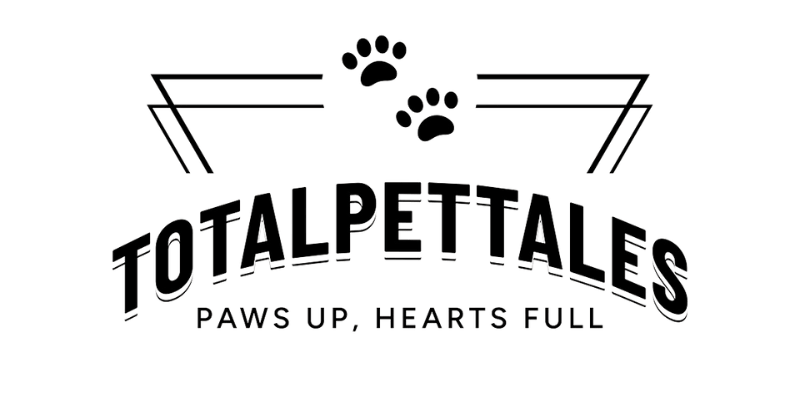
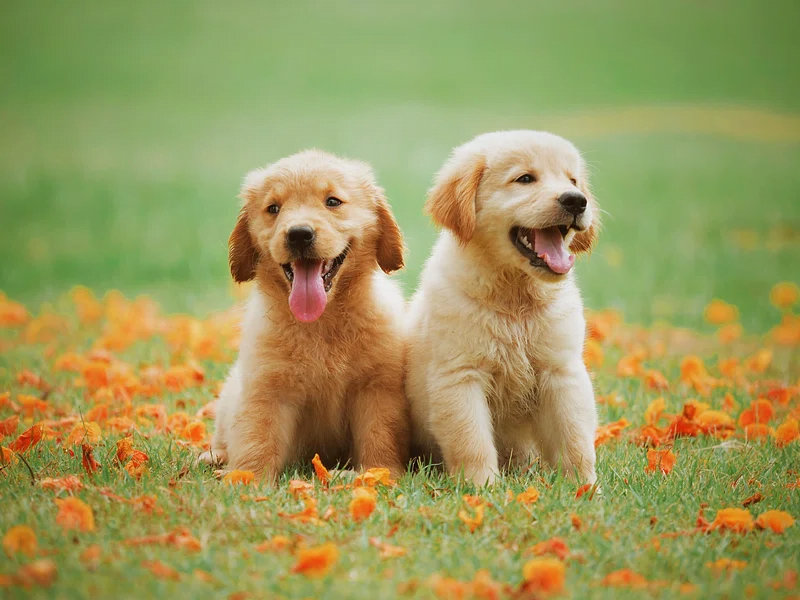

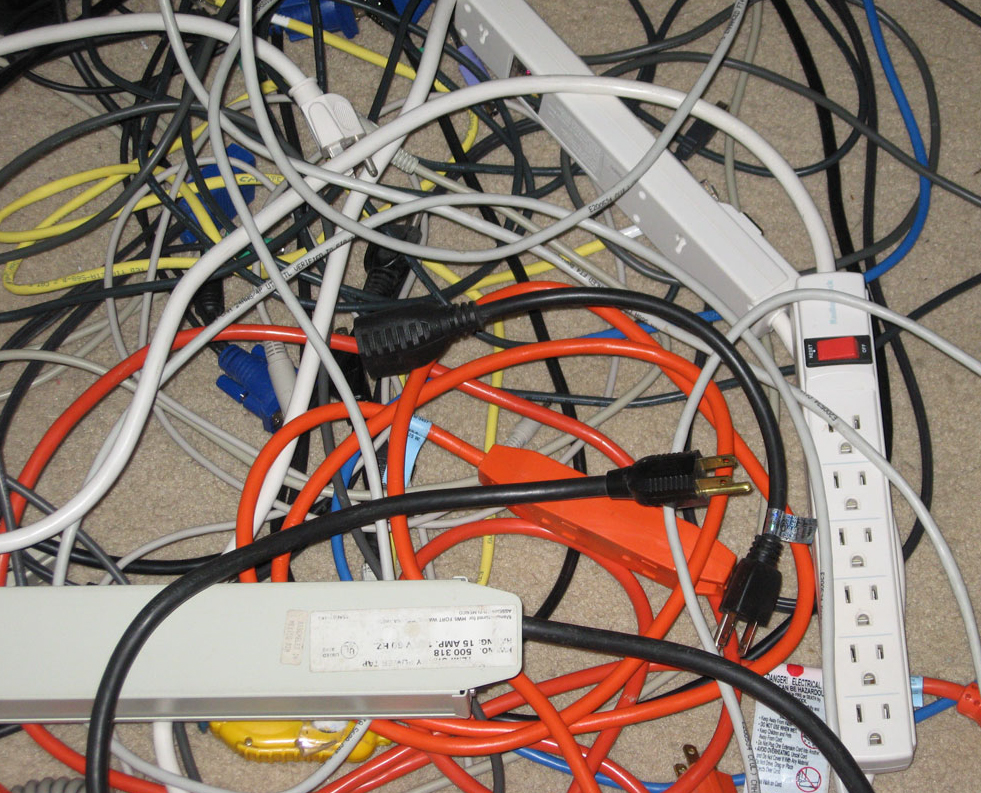
 Creator: Anton Diaz
Creator: Anton Diaz  Creator: Alexander Bolotnov
Creator: Alexander Bolotnov 


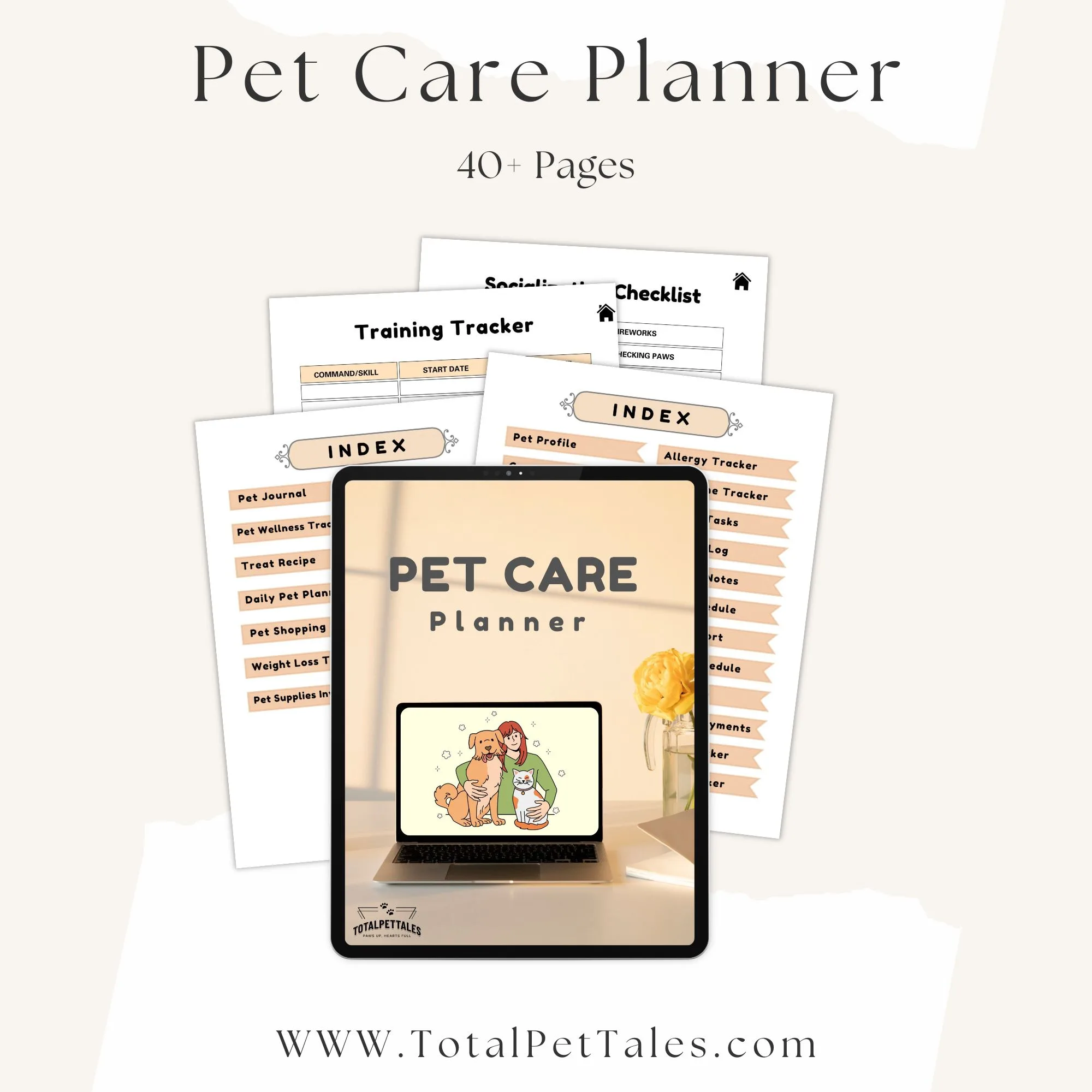
0 Comments